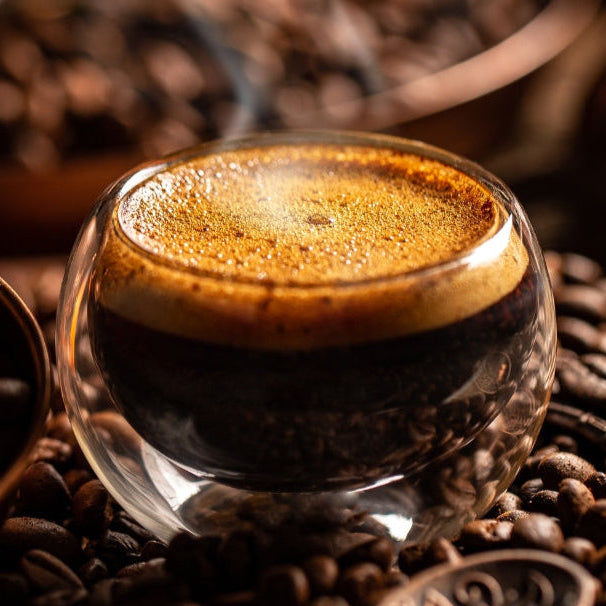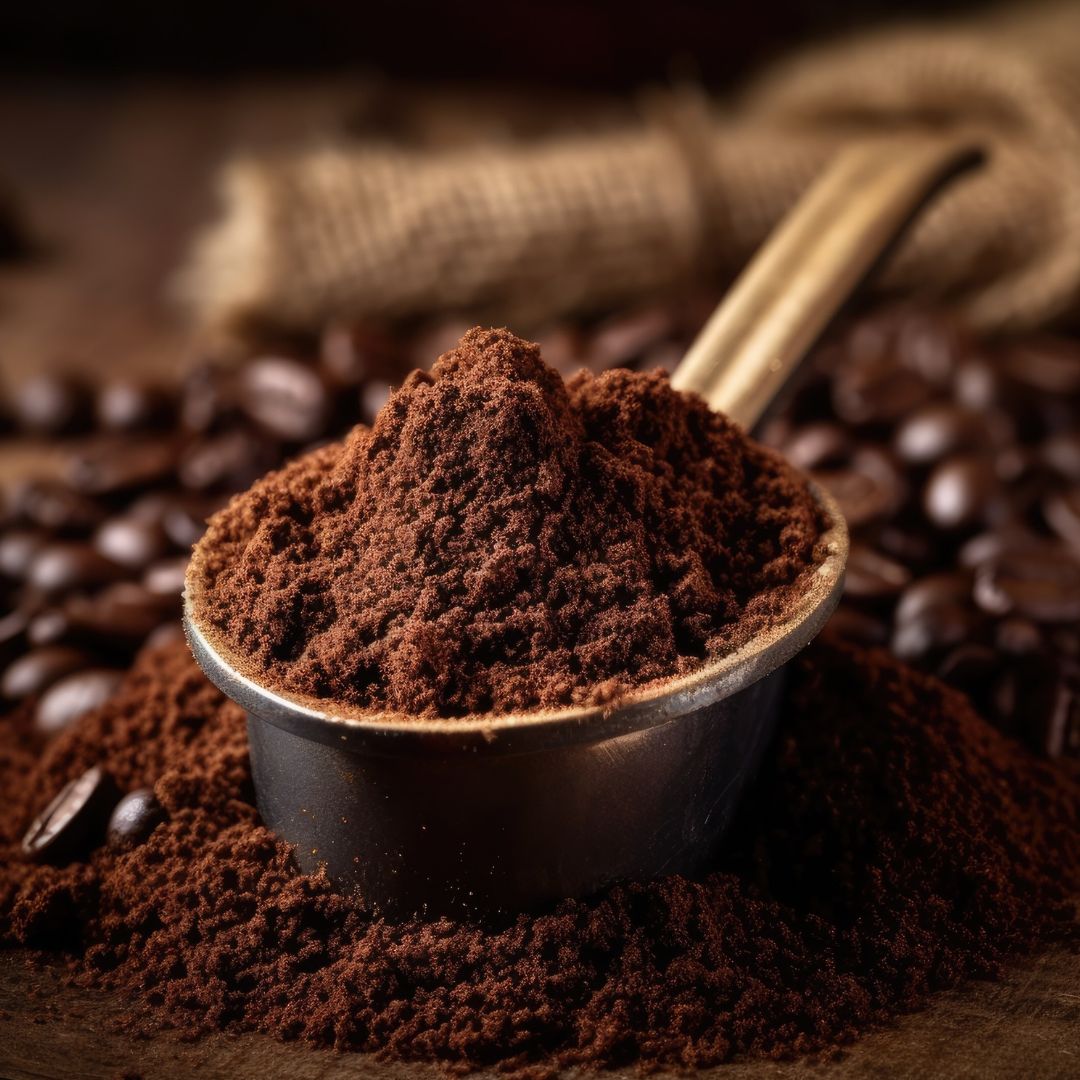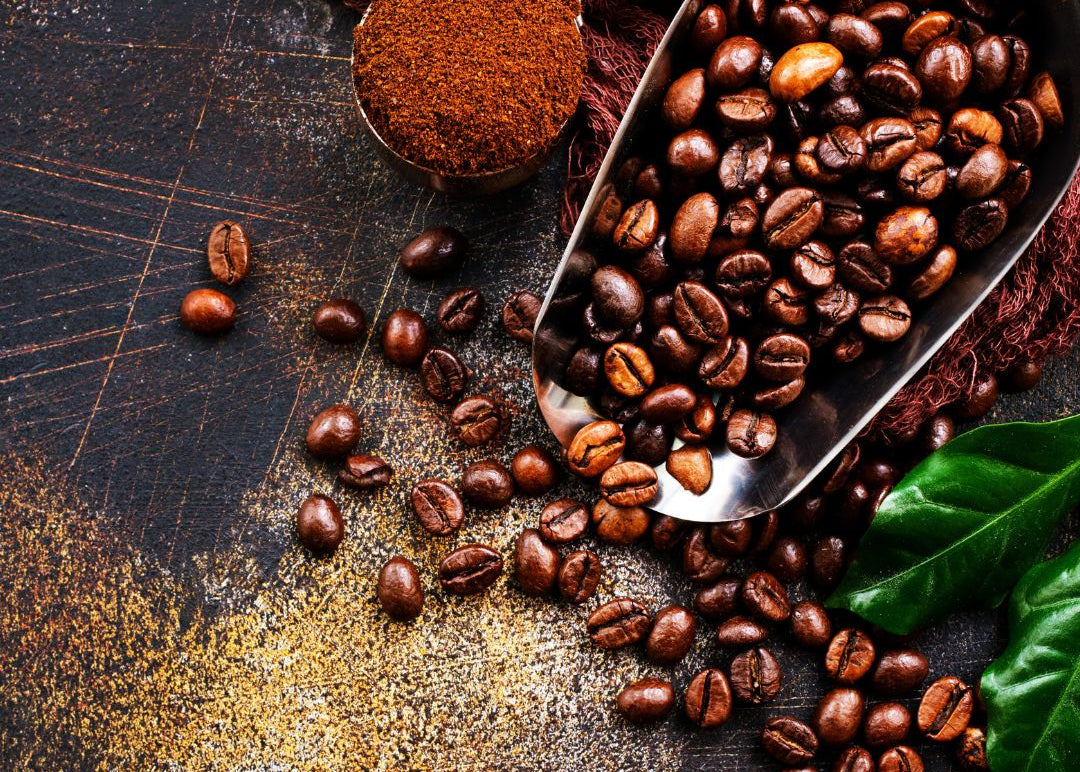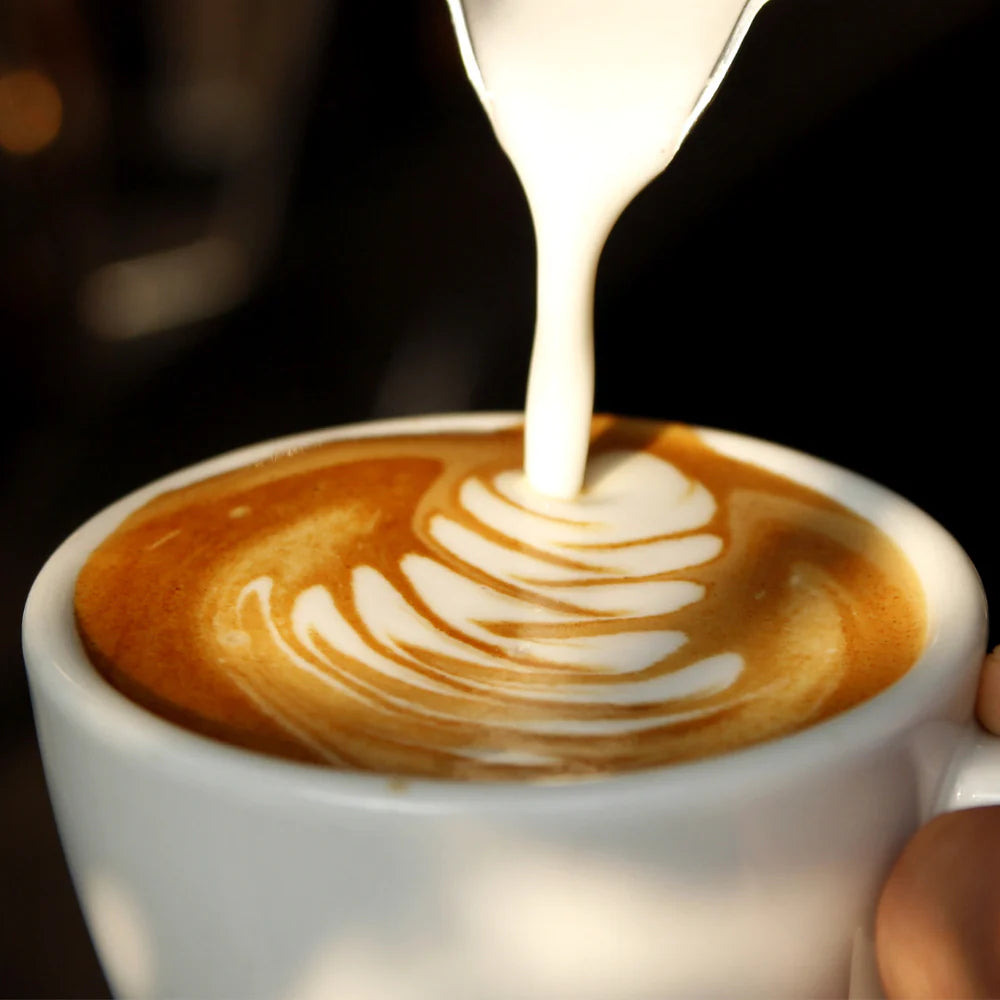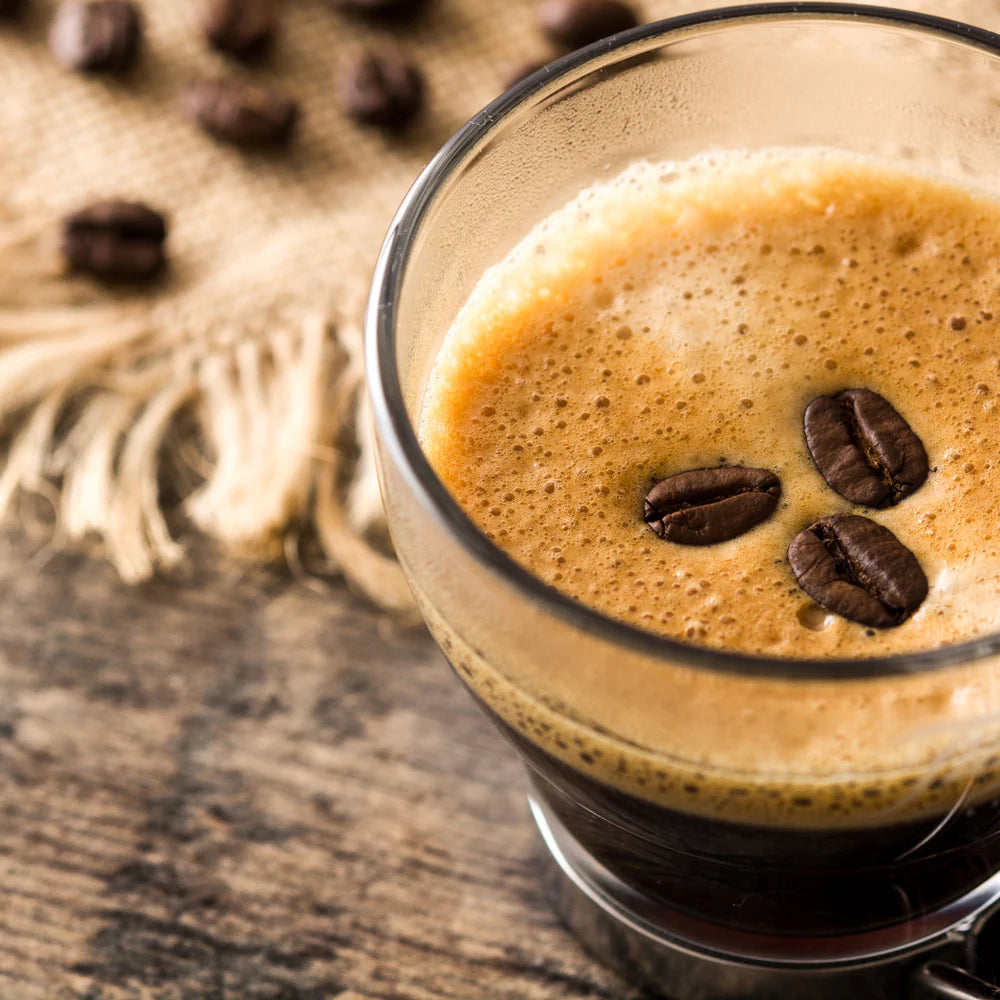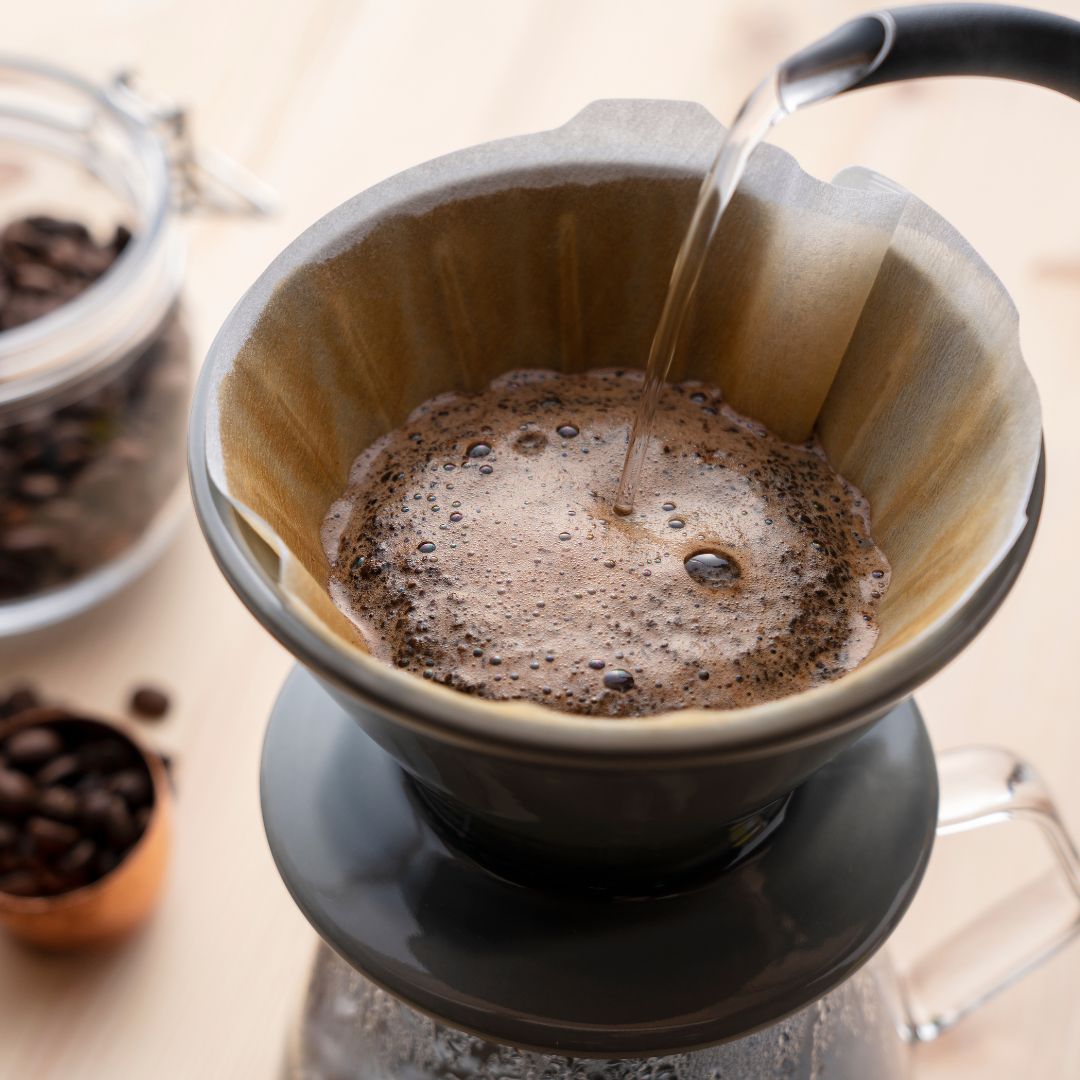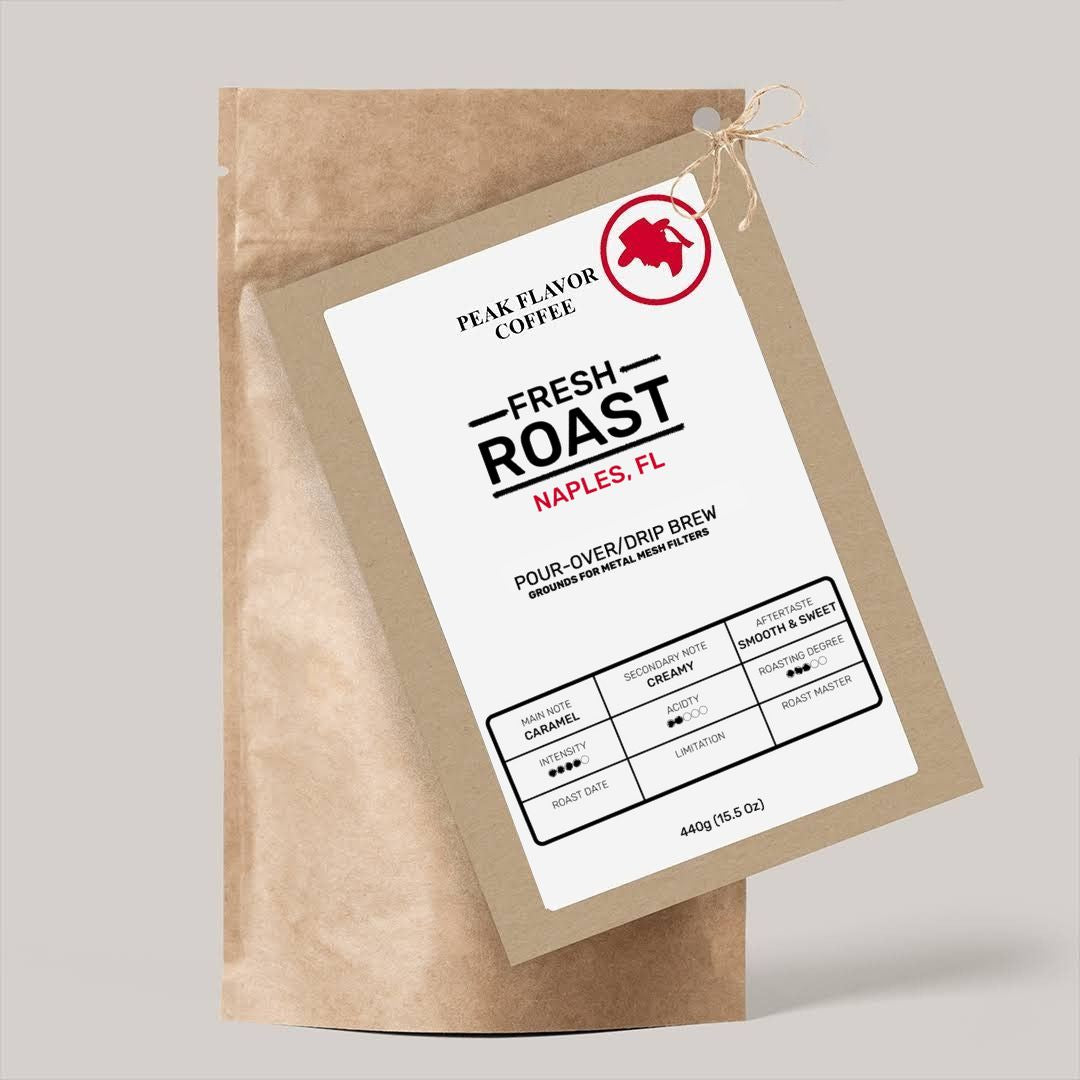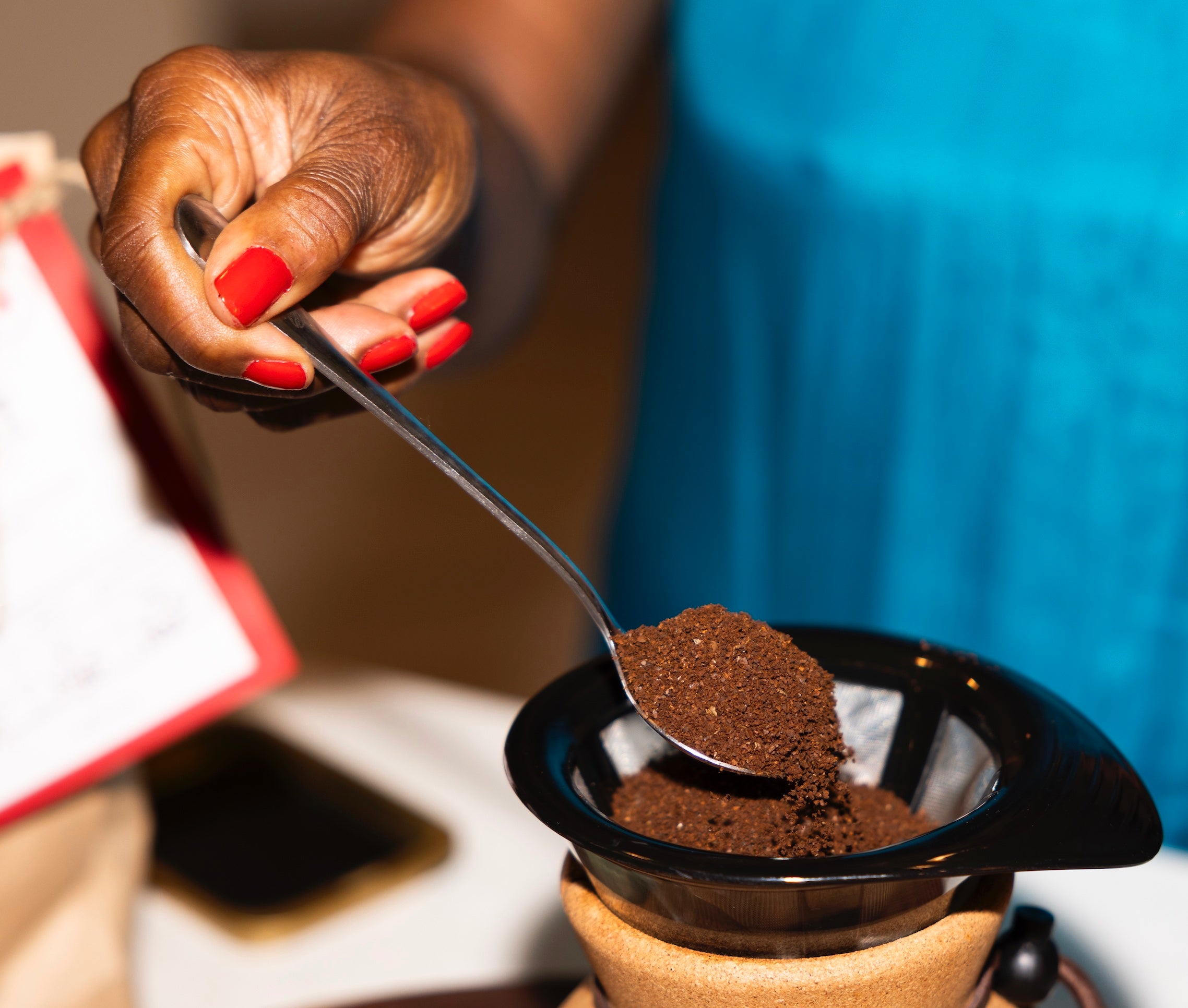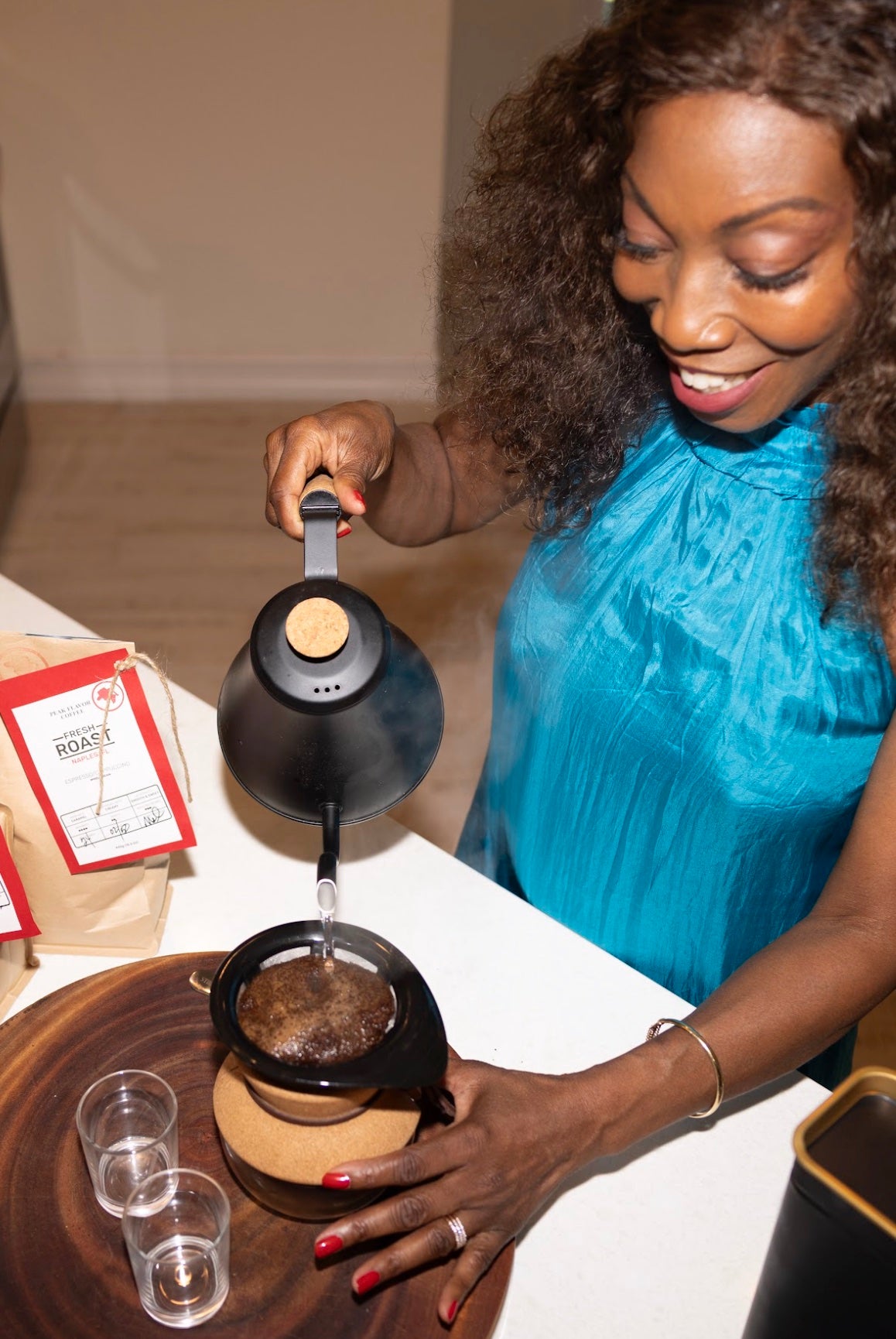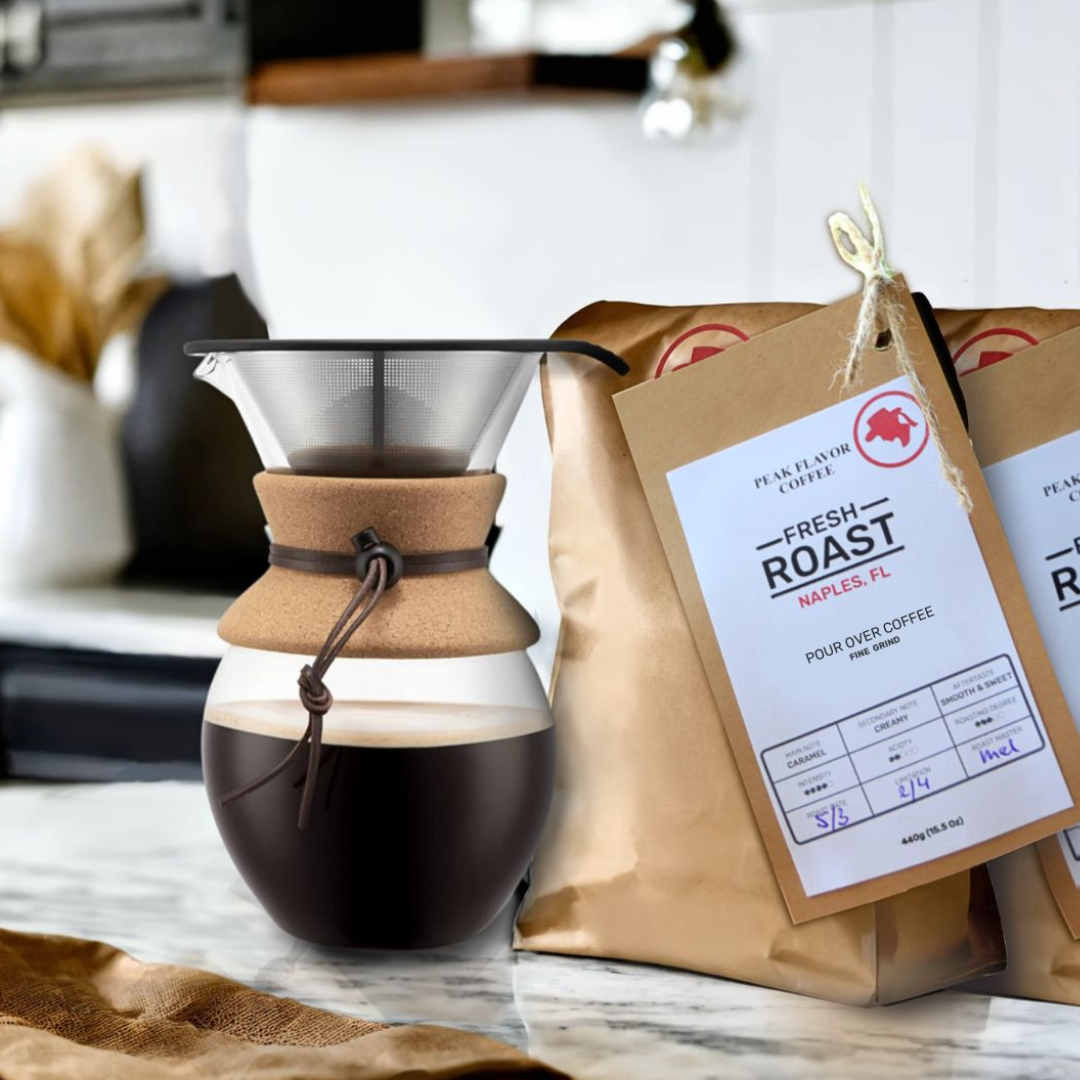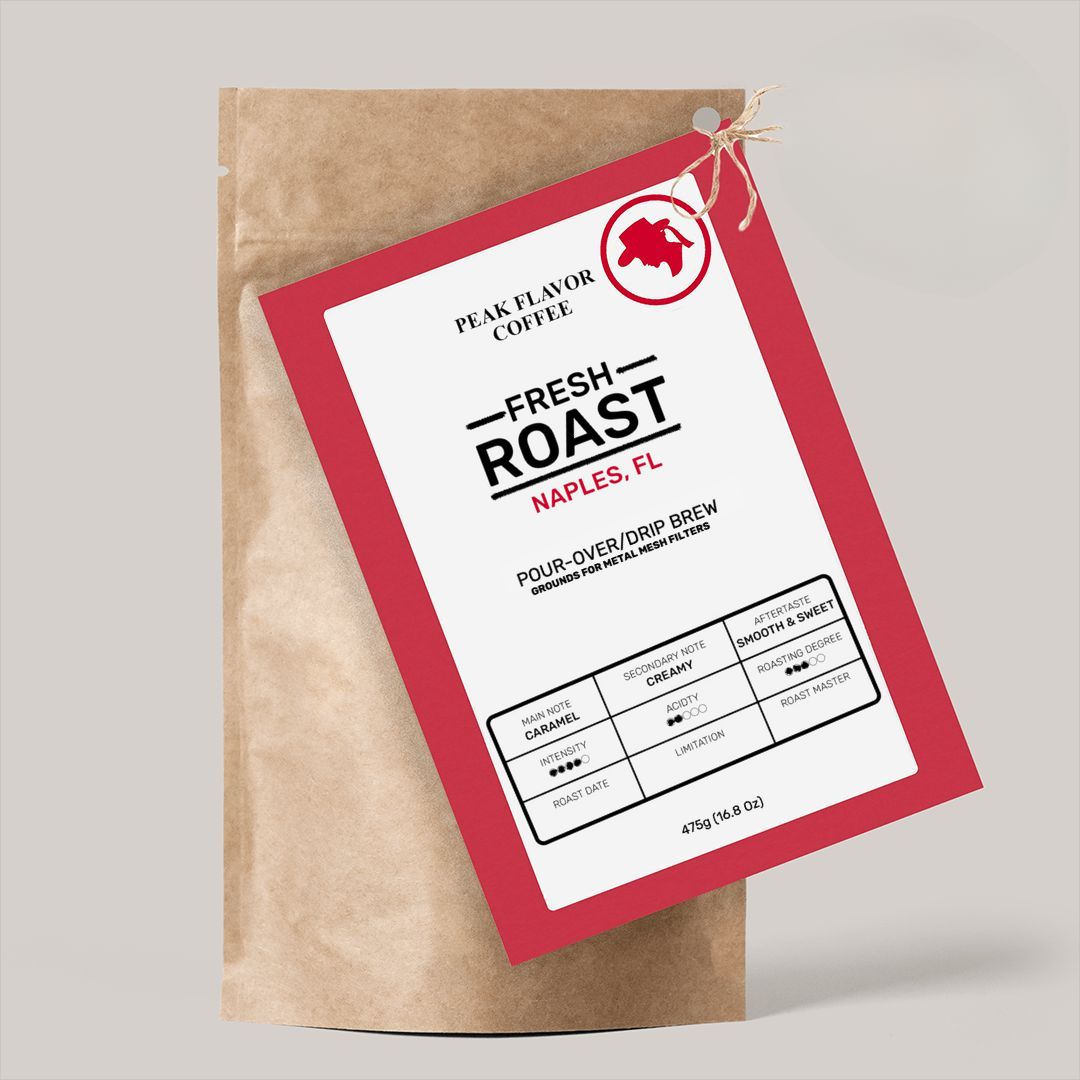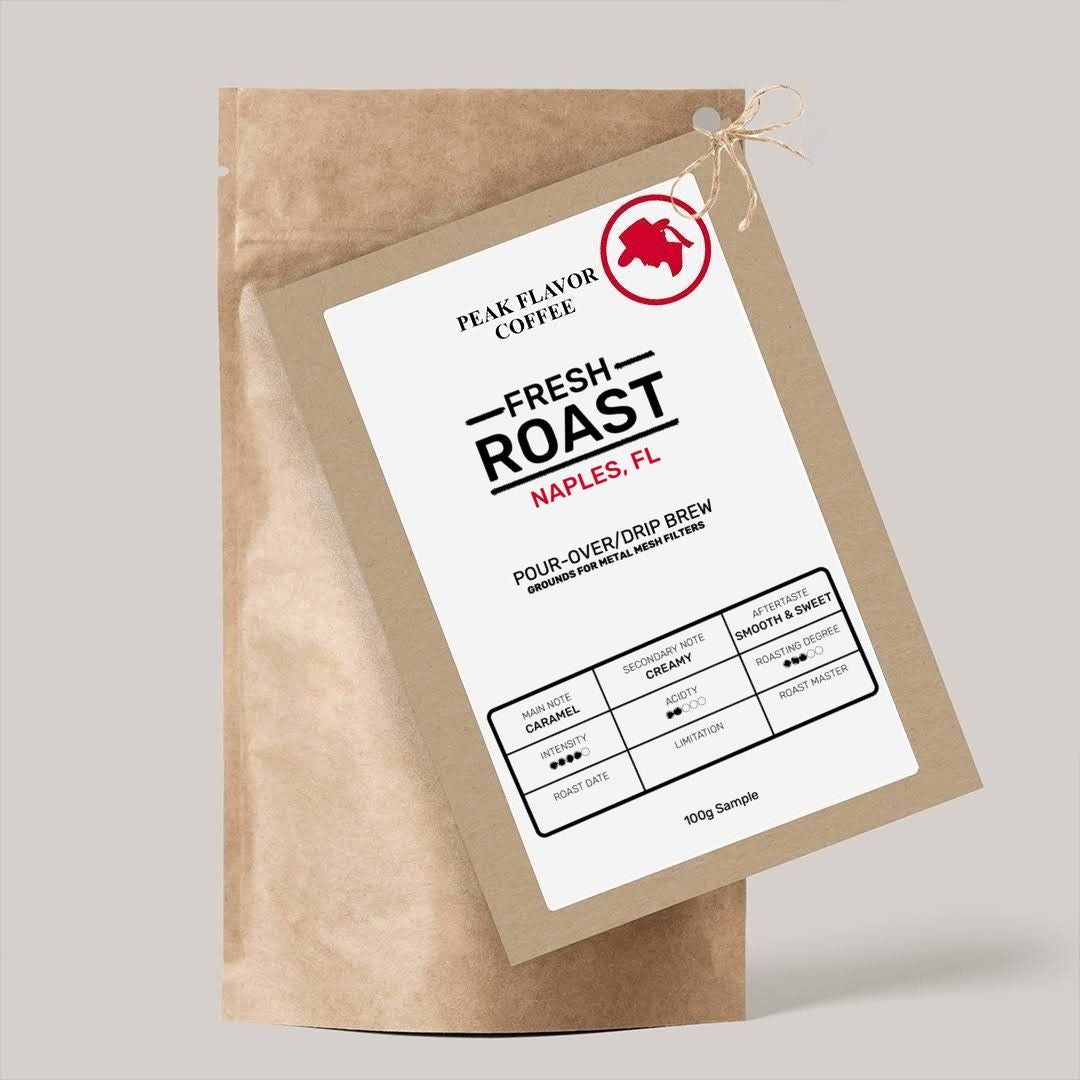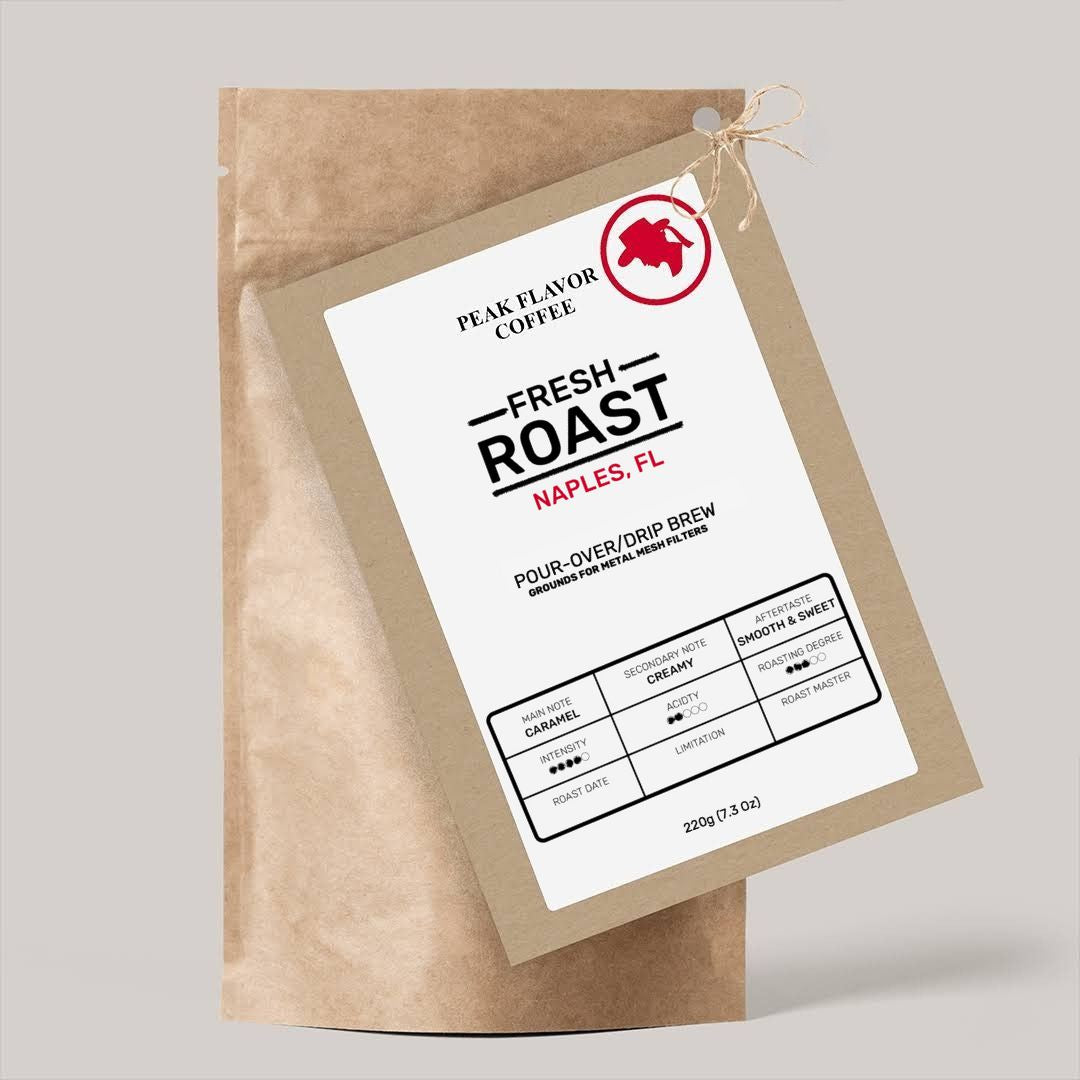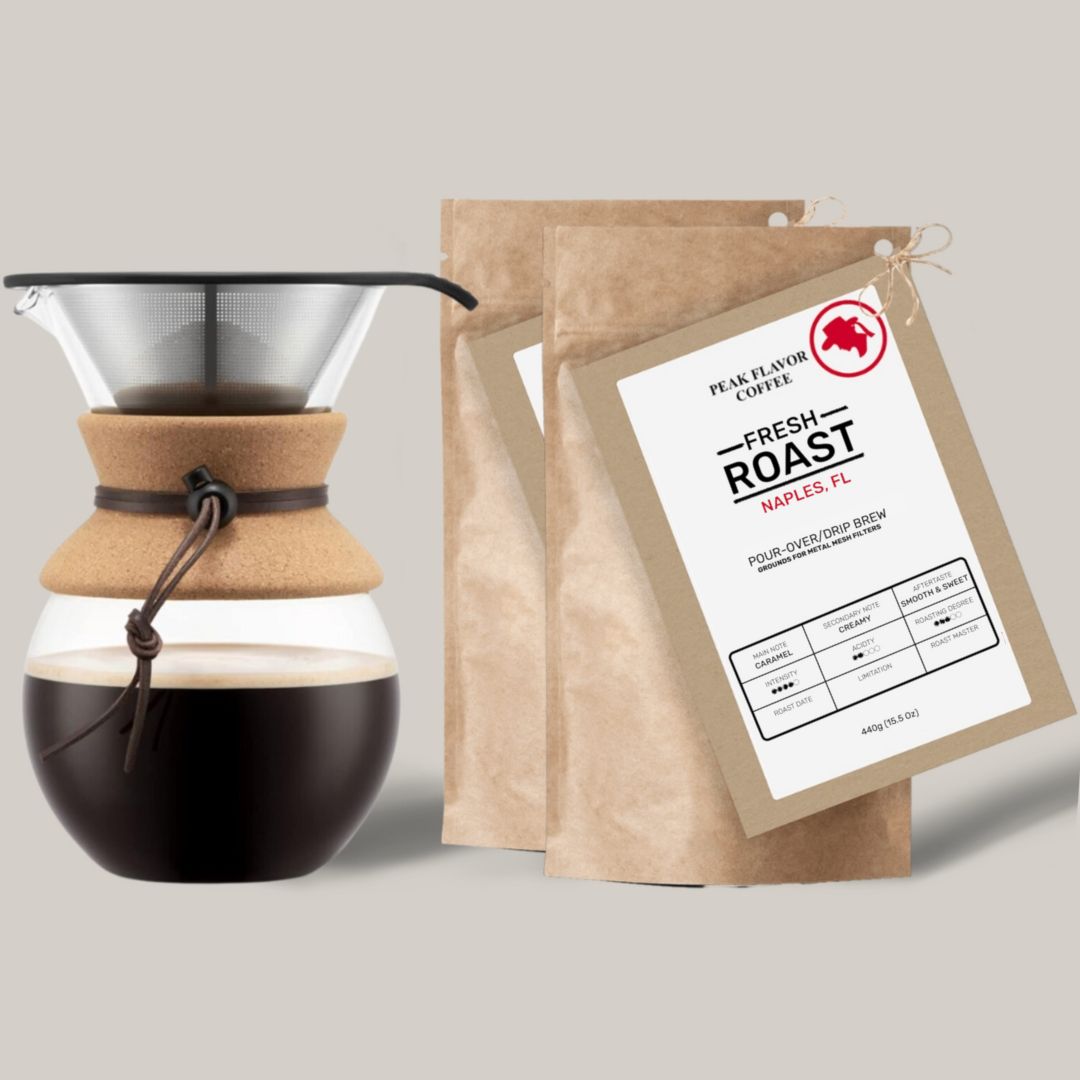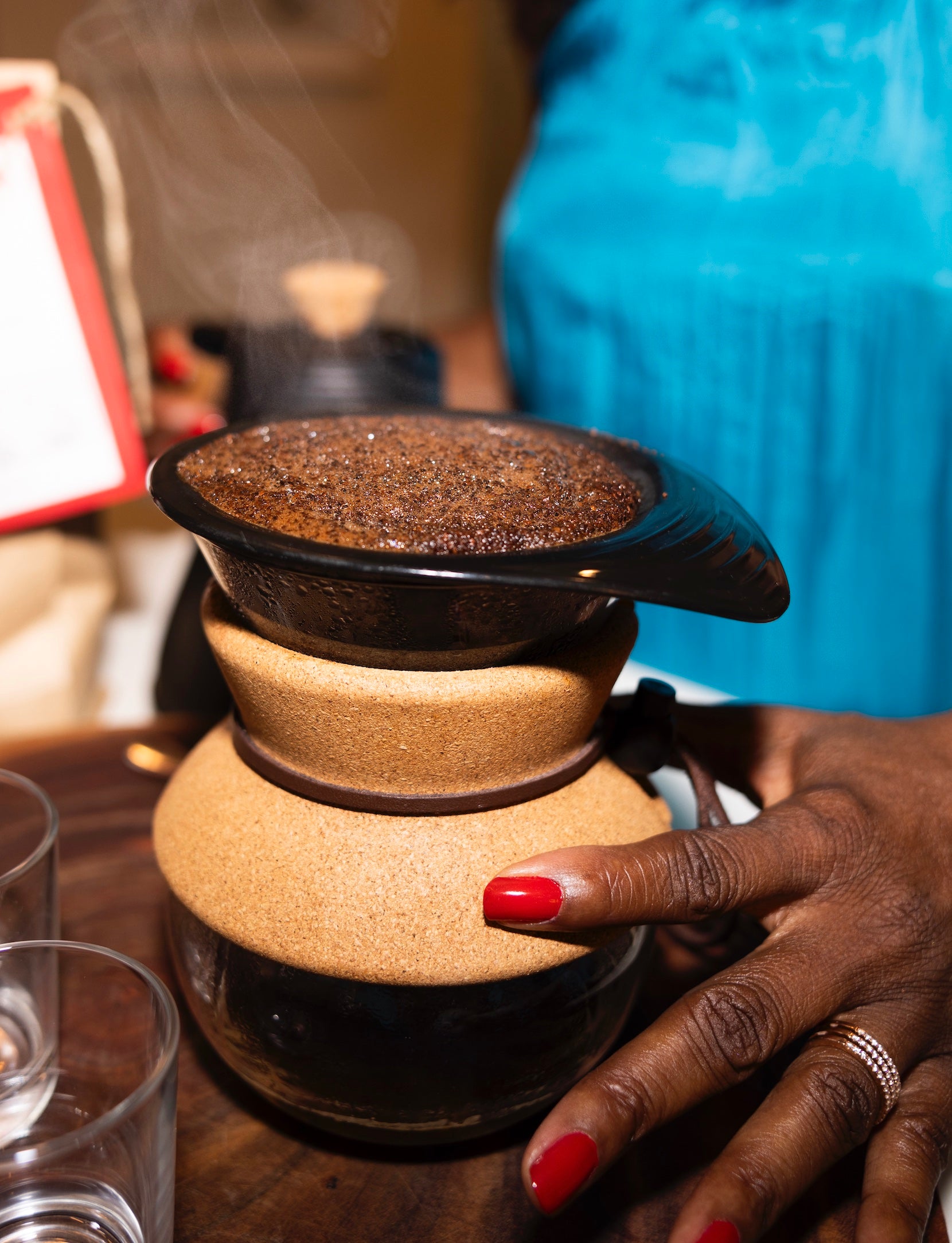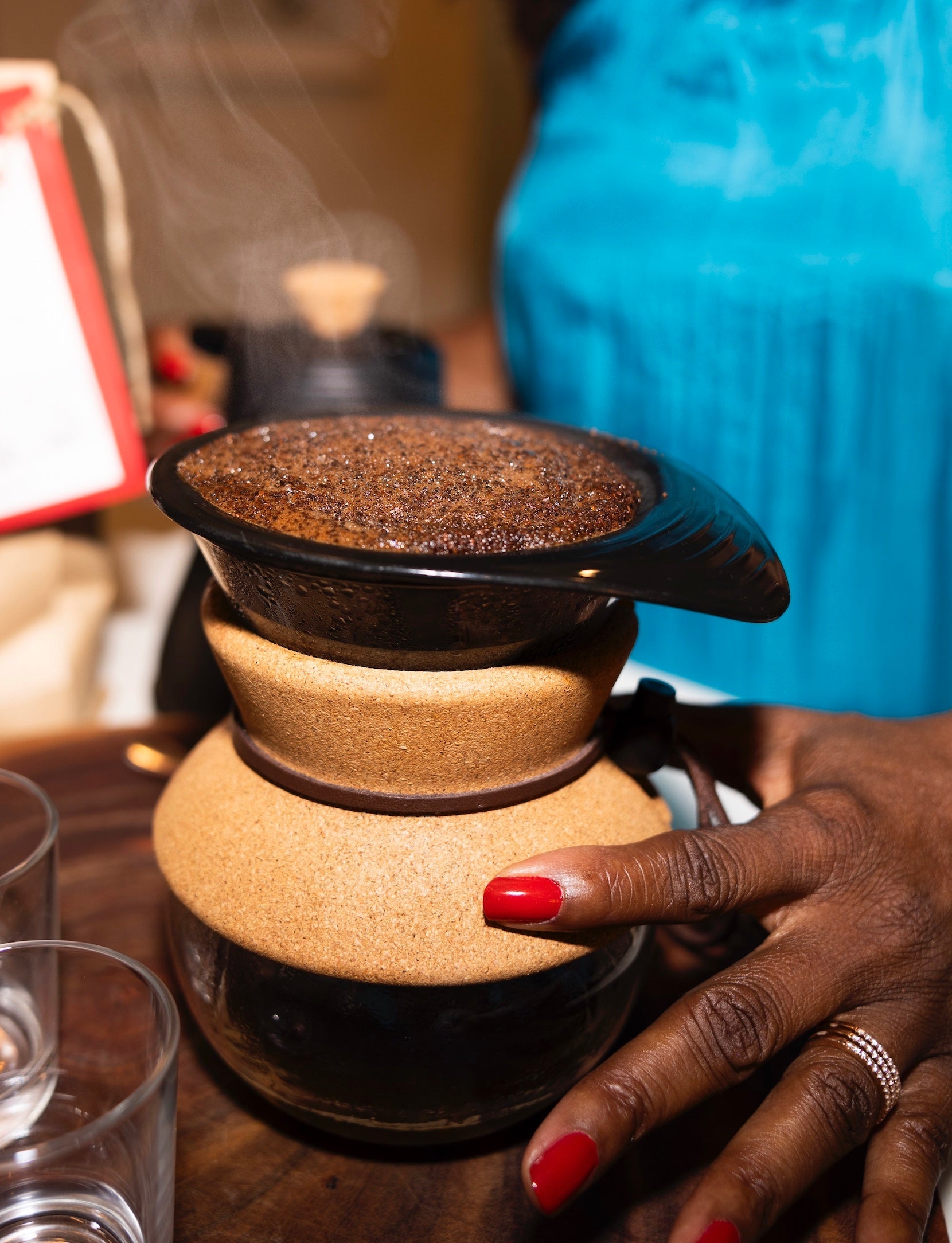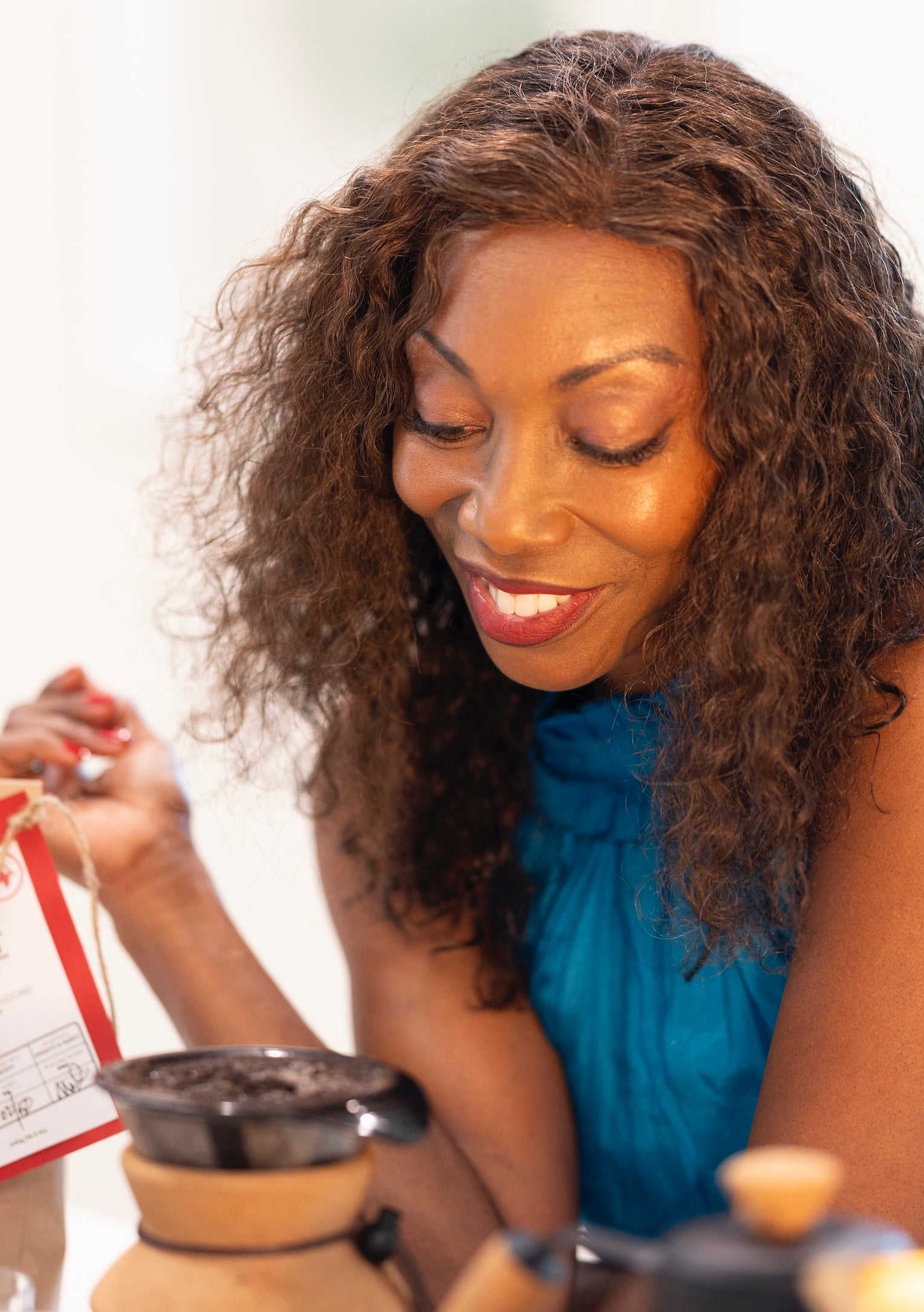Pour Over Coffee Just Got Better:
Why Switch from Paper Coffee Filters to Reusable Metal Mesh
Before I became the coffee snob I never planned to be, I was loyal to my basic drip coffee machine. No fuss, no filters beyond the store-brand paper stack. I thought I liked coffee—until I tasted what I could have been drinking all along.
I remember the first pour over I made with a metal mesh filter: it was like going from elevator music to a live jazz trio in your kitchen. You could smell the difference before you even took a sip.
It had body. It had soul. It had something my drip coffee never gave me: flavor that made me pay attention.
So let’s talk about why every drip coffee lover should seriously consider upgrading to pour over coffee—and why the reusable metal mesh filter is the unsung hero of this brewing method.
What Is Pour Over Coffee, Anyway?
Pour over coffee is a brewing technique where hot water is manually poured over ground coffee in a filter. Unlike your trusty drip machine, it gives you full control: water temperature, flow rate, bloom time, and coffee to water ratio. It’s the analog vinyl of the coffee world, and if you’re even slightly curious about how to make pour over coffee, you're already halfway to elevating your daily cup. Read what coffee experts say about pour over coffee.
Why Paper Filters Don’t Cut It
Paper filters are the reason so much drip coffee tastes flat and... kind of sad. They block the very things that make coffee taste rich: the natural oils. These oils carry flavors like caramel, vanilla, cocoa, and honey—especially from slow-roasted, high-altitude Arabica beans. Paper coffee filters absorb all that goodness and toss it in the trash.
If you’ve ever wondered why your coffee seems one-note or "too clean," it’s because your paper filter is working a little too well.
The Case for the Metal Mesh Pour Over Coffee Filter
Here’s why switching to a reusable metal mesh filter for your pour over setup is like going from boxed wine to a well-aerated Bordeaux.
More Flavor, More Body - And Some Science Behind It
A metal mesh filter doesn’t just let the oils through—it allows microscopic coffee grounds (known as "fines") to pass as well. These oils and micro-grounds contain volatile aroma compounds, lipids, and suspended solids that paper filters typically trap.
The result? A brew with more depth, more aroma, and a velvety mouthfeel. This increase in tactile richness is what coffee professionals call “body,” and it’s a direct result of those suspended particles and emulsified oils.
Coffee oils, often removed by paper filters, carry lipid-soluble aromatic compounds such as cafestol and kahweol, along with flavor-active molecules like furans, phenols, and aldehydes—all of which contribute to the complex flavor and aroma of the brew. By retaining these compounds, metal mesh filters allow you to experience the full flavor spectrum your beans are meant to deliver.
That creamy, nuanced feel? It comes from the suspended fines and emulsified oils increasing the brew’s viscosity—a parameter that’s measured in sensory and physicochemical studies to assess mouthfeel .
And yes, the aroma hits different. Research using gas chromatography-mass spectrometry (GC-MS) and trained sensory panels confirms that lipid-rich brews (like those made with metal filters) carry and volatilize more aromatic compounds than paper-filtered versions . The oils don’t just carry flavor; they also enhance how we smell the coffee—making it less like plain toasted bread and more like walking into a bakery full of almond croissants, fresh buns, and honeyed warmth.
In short, when those oils and fines stay in the cup, you’re getting more than coffee—you’re getting chemistry that matters and tastes like heaven....
Environmentally and Financially Smarter
Let’s face it: paper filters are disposable by design. Even the compostable ones still use energy and trees to produce. Metal filters? One-time buy. Rinse, re-use, repeat. You’ll save money over time, and your morning routine won't be contributing to deforestation.
Plus, metal filters are travel-ready. Going camping? Flying out for work? Toss it in your bag and skip worrying about packing enough filters.
Durability That Delivers
High-quality metal filters are made from stainless steel or even gold-plated mesh. They’re built to last and can survive dishwashers, drops, and decades of daily use. Unlike paper, they don’t tear, clog, or demand your patience.
Control That Rewards You
Want to stir the coffee bed mid-brew to even out extraction? Go for it. Metal mesh won’t collapse or tear like paper. Want to adjust your pour over coffee ratio? No problem—you can tweak the grind size and the coffee to water ratio until you strike gold.
Mastering the Pour Over Coffee Ratio
This is where things get scientific in the best way. The ideal pour over coffee ratio is generally 1:15 to 1:17 (that’s one gram of coffee to 15-17 grams of water). It’s a starting point—the sweet spot depends on your taste preferences and grind size. If you're into simplifying things and rather just enjoy pour over coffee, have a look at our no-fuss brew guide for pour over coffee. Read more about the pour over coffee ratio.
- Light and bright? Go with 1:17.
- Bold and creamy? Try 1:15.
Play with it. Take notes. And always, always use a scale. You’re not just making coffee; you’re crafting flavor.
The Bloom: Not Just a Buzzword
When you pour hot water over freshly ground coffee, CO2 is released, and the coffee "blooms." This bubbling action lets water fully interact with the coffee, unlocking richer flavor. With a metal filter, blooming coffee is more vibrant and effective, because those oils and gases aren’t blocked by paper. Read more about coffee bloom on Wikipedia.
Pro tip: Pour just enough water to saturate the grounds, then wait 30-45 seconds before continuing your pour. It’s worth the pause.
Coffee to Water Ratio Cheat Sheet
Here, we would normally insert a Cheat Sheet. But at Peak Flavor Coffee, you don't need one. we make brewing great coffee easy. All you need are 6 tablespoons of the right coffee grounds for pour over coffee for 34oz of coffee. Ready. Read the no fuss brew guide if you need more information than that.
Okay, it's not all sunshine and crema.
- Cleanup: You do need to clean the filter thoroughly. Rinse right after brewing and give it a deep clean weekly.
- Sediment: There might be a trace of micro-grounds in your cup. Personally, I think it adds character, but if you want clarity over body, this might irk you.
- Cholesterol Watch: Some studies suggest unfiltered coffee may raise LDL cholesterol. If that’s a concern, talk to your doctor or alternate with paper-filtered brews.
Bottom Line: Brew Like You Mean It
Pour over coffee isn’t just another trend—it’s a throwback to when people made things with intention. And when you pair it with a metal mesh filter, you get a brew that’s bolder, creamier, and more aromatic.
So if you’re still clinging to your drip machine and stack of bleached paper filters, consider this your sign. Pour over coffee isn’t complicated. It’s just more you. Your beans, your flavor, your ritual.
Ready to Taste the Difference?
Stop letting your coffee live a filtered life. Discover what your beans are really capable of with Peak Flavor’s pour over coffee grinds—specifically crafted to bloom beautifully and taste exceptional in metal mesh filters.
Explore the best coffee for pour over now. Because good coffee isn’t just brewed. It’s unleashed.
Pour-over hugs and no paper cuts,
Scientific References
[1] Clarke, R. J., & Macrae, R. (1985). Coffee: Volume 1 - Chemistry. Springer.
[2] Gloess, A. N., et al. (2013). "Comparison of nine common coffee extraction methods: Instrumental and sensory analysis." European Food Research and Technology, 236(4), 607–627.
[3] Buffo, R. A., & Cardelli-Freire, C. (2004). "Coffee flavour: an overview." Flavour and Fragrance Journal, 19(2), 99–104.

